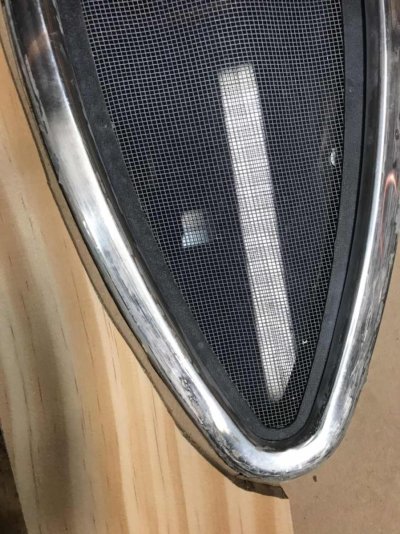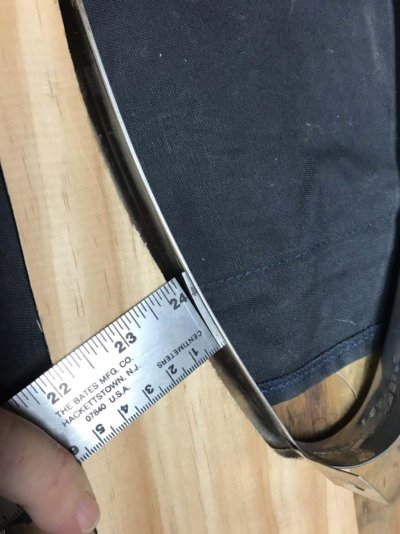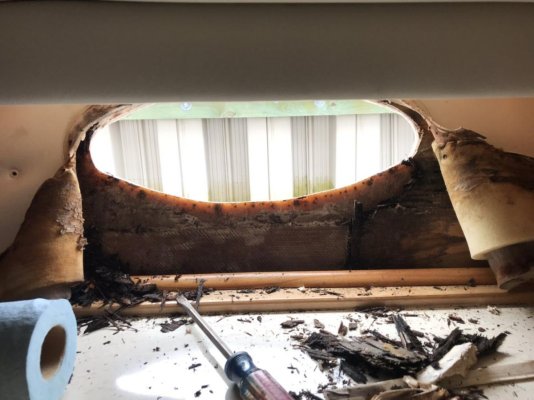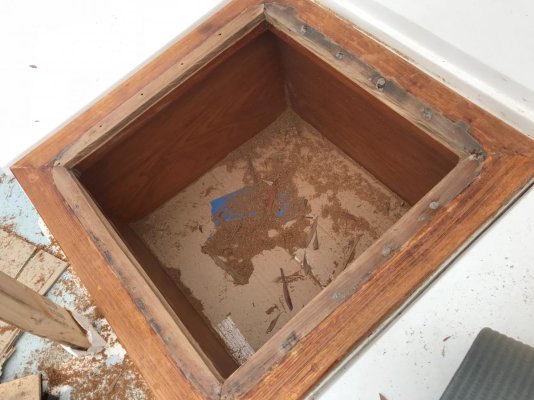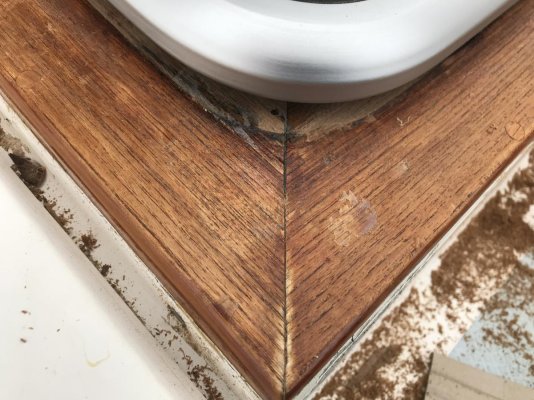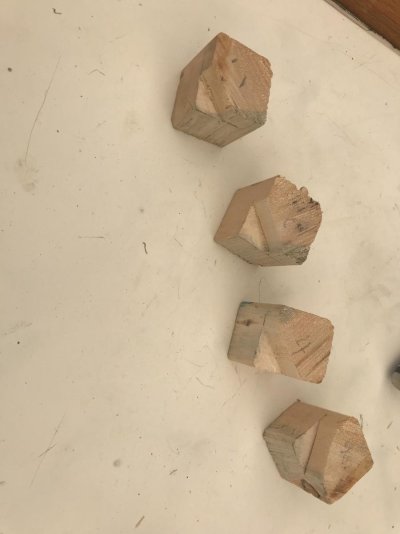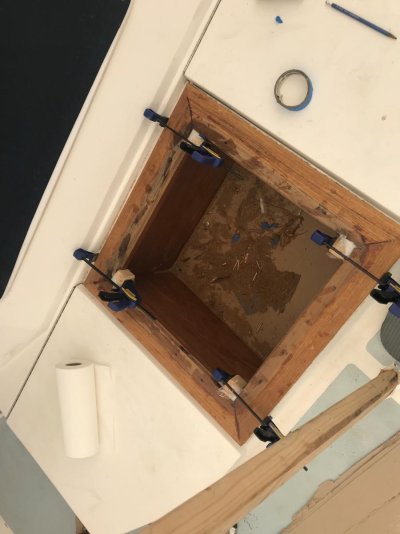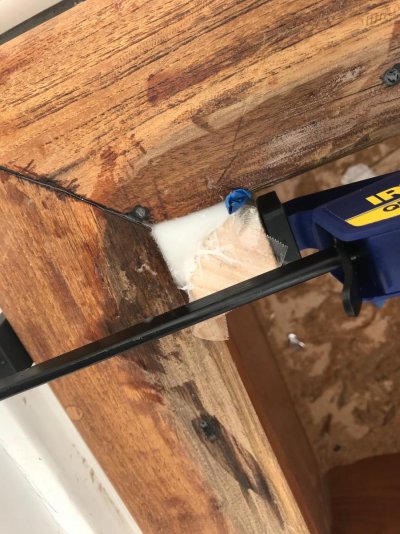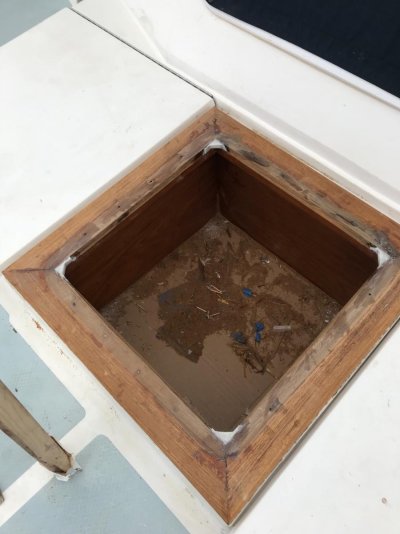Tom.B
Moderator Emeritus
- Joined
- Jul 30, 2009
- Messages
- 5,839
- Location
- USA
- Vessel Name
- Skinny Dippin'
- Vessel Make
- Navigator 4200 Classic
I am in the middle of rebedding a leaking portlight. It is a Bomar S616MBSS. The hole in the hull was cut pretty poorly and the inside of the hull is lined with 3/8" wood that is now rotted. So, of course, I need to replace the wood and reseal it. The poorly cut hole leaves varying gaps of up to 5mm around the edge of the frame itself. If I fabricate new wood for inside the hull that fits around the frame more closely, there will then be a gap that is the thickness of the hull hat needs filling most of the way around the portlight frame.
I was considering filling the gaps with butyl tape then using Sikaflex to seal around the frame on the outside of the hull. Will the Sikaflex seal to the butyl tape? Should I use only butyl tape to seal the entire portlight or use only Sikaflex all through these gaps. I have never worked with butyl tabe before and am a little fearful of using it as the only sealant for this application.
I will try and post some pics here later. Maybe it will help you understand the problem.
As always, any help y'all can be would be great!
I was considering filling the gaps with butyl tape then using Sikaflex to seal around the frame on the outside of the hull. Will the Sikaflex seal to the butyl tape? Should I use only butyl tape to seal the entire portlight or use only Sikaflex all through these gaps. I have never worked with butyl tabe before and am a little fearful of using it as the only sealant for this application.
I will try and post some pics here later. Maybe it will help you understand the problem.
As always, any help y'all can be would be great!

